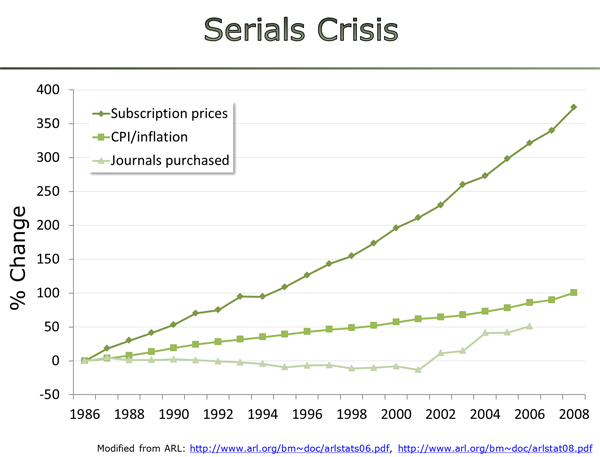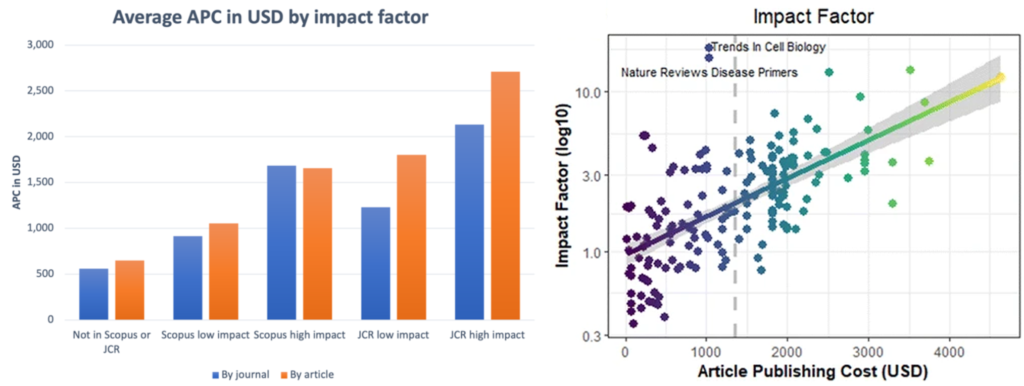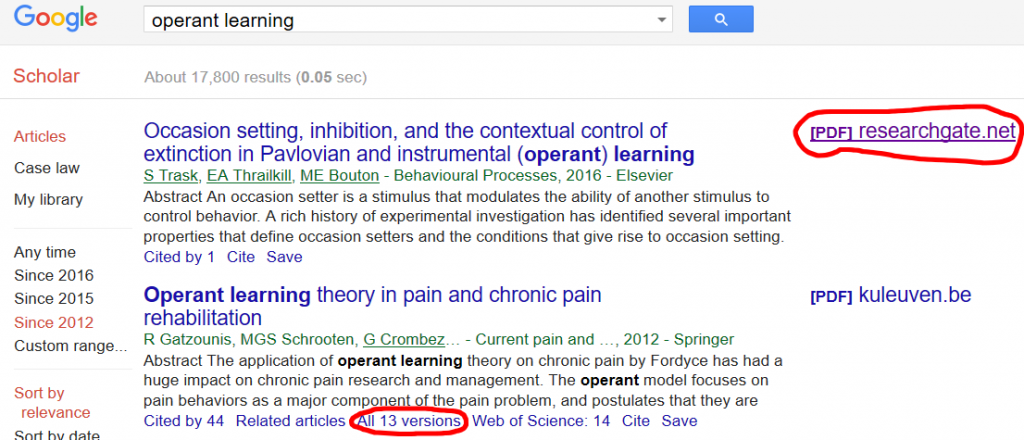
There has been some outrage at the announcement that Nature is following through with their 2004 declaration of charging ~10k ($/€) in article processing charges (APCs). However, not only have these charges been 16 years in the making but the original declaration was made not on some obscure blog, but at a UK parliamentary inquiry. So nobody could rightfully claim that we couldn’t have seen this development coming from miles away.



